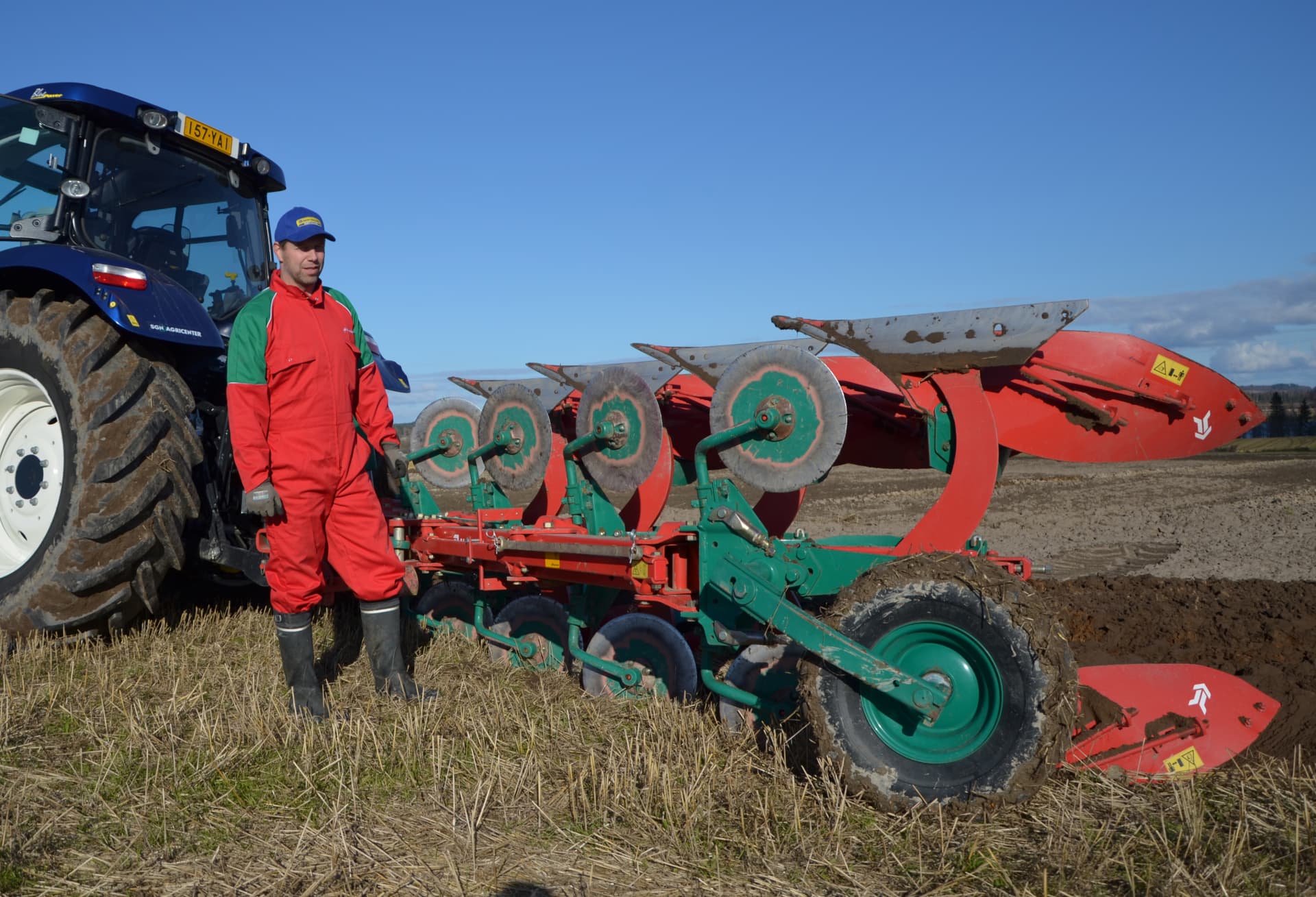Ploughing is environmentally-friendly
The “Catch-C Project” aggregated 291 long term experiments all over Europe. They concluded that ploughing is more environmentally-friendly than Conversation tillage and Direct seeding. Ploughing secures yields while limiting the CO2 and Nitrogen gases emissions compared to the two other crop establishment systems.
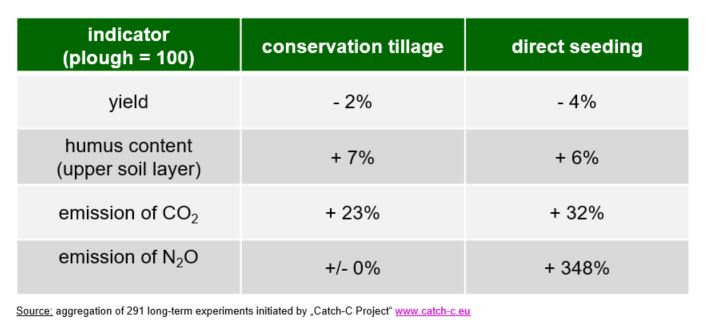
Catch-C: Compatibility of Agricultural Management Practices and Types of Farming in the EU to enhance Climate Change Mitigation and Soil Health
Humus and humus
Humus (organic matter) consists of 60% of carbon. Humus is the key factor of fertility but its position in the soil layers is important. If located on the top layer, humus is not stable and releases lots of greenhouse gazes such as CO2 and Nitrogen. On the contrary, when buried via ploughing, the humus is spread in the complete soil profile. It is then stable and called permanent humus. CO2 is then sequestrated.
Humus may represent an average of 5% of the soil profile. Obviously, the shallower the ploughing, the higher the humus content in the soil profile.
Another advantage of a rich humus soil is its dark colour which helps the soil warm up quicker during spring. This favours the plant growth.
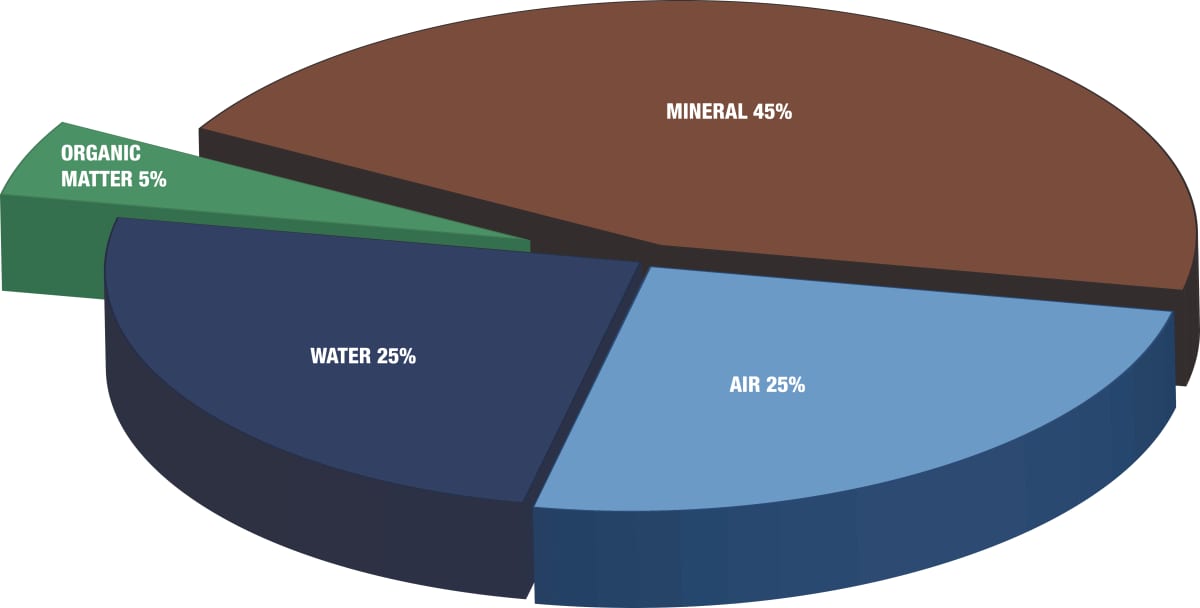
Ploughing and humus
The percentage of humus content in the soil results from a complex interplay between:
- the amount and the composition of the organic materials into the soil
- the conservation, decomposition and stabilization of the organic materials in the soil
Permanent humus is particularly important for the climate protection. It needs to be looked after. If the supply of organic carbon in the soil decreases, CO2 is released. And vice versa, if the supply increases, the CO2 is then fixed in the soil.
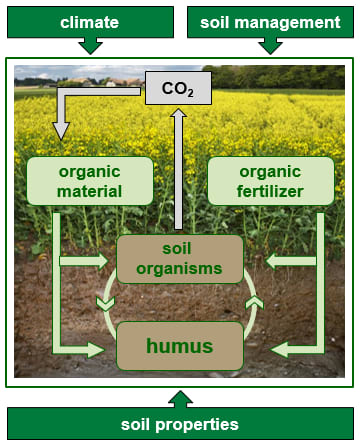
By ploughing, the organic materials are well incorporated into the entire working horizon. Ploughing provides as well the optimized moisture and air content during the process to enable the decomposition of the organic materials. They are buried and hence limit the releasing of CO2 and Nitrogen.
Other factors favouring the creation of humus is to plough different crops by having organised a crop rotation. It is also recommended to introduce a cover crop, preferably with a multispecies mix.
The full burials of the weeds, within the depth of the soil, has two advantages: it is an efficient weed and disease control and it reduces the need for chemical usage. It helps complying with the European Green deal aiming at decreasing chemicals in the agriculture by 50%.
Ploughing and healthy soils
The Kiel University monitored the production of mycotocine in the soil during crop establishment systems for maize. They concluded that ploughing reduces by far the risk of fungi diseases compared to other crop establishments and that crop rotations should be carried out.
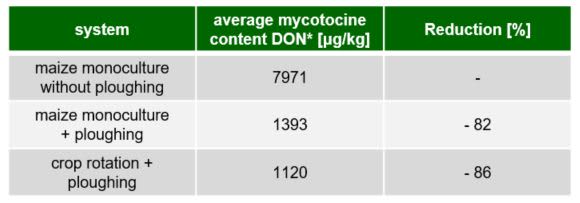
Source: maize-monitoring, Kiel University, 2012 (adapted)
* Deoxynivalenol = metabolite of different fungi (Fusarium culmorum, Fusarium gramineum, etc.)
Why ploughing with Kverneland ?
From an agronomic view point, the Kverneland plough bodies range is wide. They are also renowned worldwide for their high performances. So a perfect ploughing is expected which will offer a clean seedbed. Weeds and resilients are buried and also contribute to the humus.
Since the humus is located on the upper part of the soil, it can be advised to plough shallow. Any Kverneland bodies enable an efficient shallow ploughing. This provides a higher humus content in the upper layers of the soil.
As to avoid the formation of a pan that would affect drainage and water capillarity, we recommend changing the ploughing depth. An alternative is to use the Eco-share working 10 cm below the working depth. It will remove the pan.
Likewise, the ploughing depth could be reduced by 10 cm as to plough even shallower.
Kverneland ploughs are lighter than competitors’. Hence smaller lighter tractors can be used, therefore limiting the potential soil compaction.
Taneli Hyttinen from Finland shares his experience:
“I have tried to work my land without a plough for some years, recently. This was due to a common trend in order to save cost. But I have to admit that the result turned into the opposite: I had to face fewer yields together with an increase of weeds which were difficult to control. In addition, the drainage was not as good compared to even shallow ploughing as long as I used a compact disc harrow for soil preparation. I am convinced that ploughing safeguards yield. It does not necessarily have to be carried out every year – but I will definitely not do any crop rotation without, anymore.”

